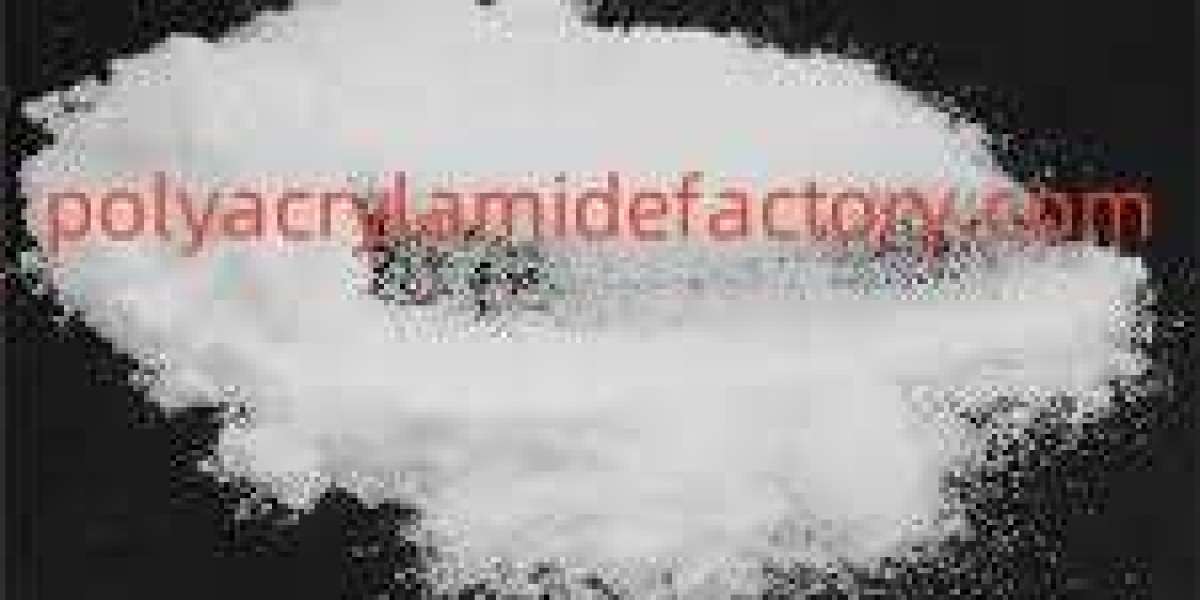In modern petroleum operations, oilfield polyacrylamide has become a cornerstone additive for improving fluid management and enhancing recovery efficiency. Its polymer chains interact with suspended solids and reservoir fluids, increasing viscosity and promoting the movement of hydrocarbons through porous rock. Engineers and technical operators value this chemical for its ability to maintain flow consistency while supporting environmental considerations.
Enhanced Fluid Handling
Oilfield applications require precise control of injection fluids and produced water. Polyacrylamide modifies fluid properties to ensure uniform displacement, reducing channeling and improving sweep efficiency. By adjusting polymer concentration and blending protocols, operations can achieve optimal viscosity without overloading the formation.
Operational Reliability
Shear Stability: Maintaining consistent viscosity under high-pressure and turbulent conditions is critical.
Temperature Tolerance: Formulations can be adjusted to accommodate variable downhole conditions.
Compatibility: Interaction with other additives or brine compositions is carefully monitored to avoid adverse effects.
Efficiency and Environmental Considerations
Using oilfield polyacrylamide supports reduced water usage by enhancing secondary and tertiary recovery processes. Faster recovery translates into fewer operational cycles and lower energy consumption. Additionally, careful monitoring of polymer dosage prevents excess chemical discharge, aligning operations with environmental protocols.
Cross-Functional Applications
Beyond enhancing recovery, polyacrylamide serves in wastewater management, helping treat produced water before reinjection or surface disposal. Its ability to aggregate suspended solids accelerates settling and filtration, improving water clarity and supporting regulatory compliance.
Practical Implementation
Engineers implement field trials to determine optimal polymer concentration, mixing procedures, and injection rates. By observing fluid behavior in real operational environments, adjustments can be made quickly, ensuring that production targets are met while maintaining formation integrity. Integration with mechanical separation equipment such as hydrocyclones or filtration units further enhances efficiency.
In addition to technical advantages, the selection of a trusted supplier ensures consistent product quality and reliable support. Polyacrylamide Factory provides tailored formulations of oilfield polyacrylamide, helping engineers optimize fluid handling, maximize recovery, and maintain sustainable operations, available at https://www.polyacrylamidefactory.com/


